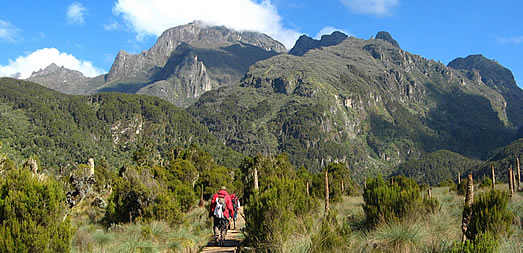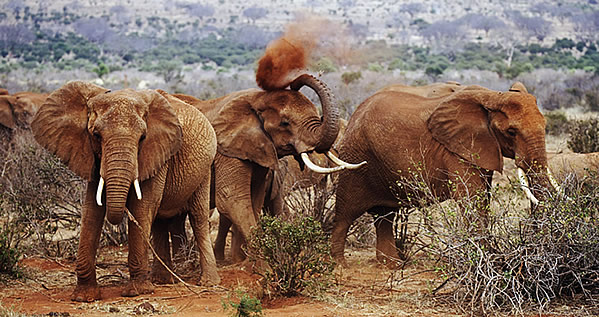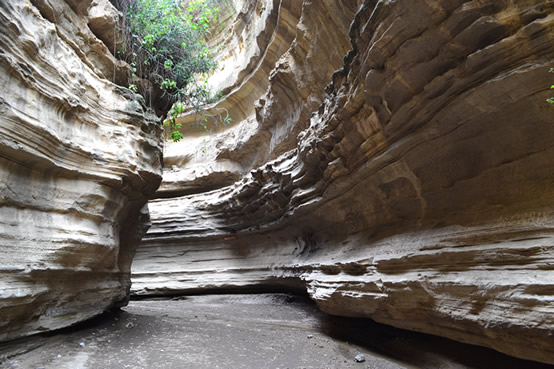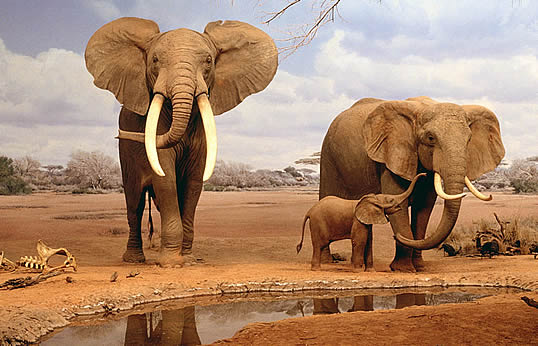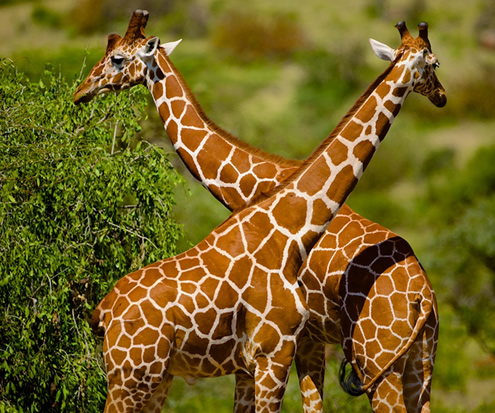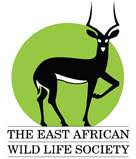Nairobi National Park
Nairobi National Park
Information on Nairobi National Park in Kenya.
1. General Information. Nairobi National Park is located in Nairobi making it the only city in the world to boast a natural game park. The park borders the South Kapiti plains and Kitengela Migration Corridor. The Athi River conveniently forms a natural boundary to the south of the park. The park became Kenya's first national park in 1945. It has an area of 117 sq km. Only a small section of the park is fenced to provide protection to neighboring residents. The rest of the park is unfenced thus enabling free movement of the animals in and out of the park. Due to its proximity to the city center, there is no accommodation provided in the park thus one can seek the services of the wonderful hotels in the city.
2. Getting There. The park is only a 20-minute drive from the city center, about 7 km away. Langata road, which is well tarmaced, provides the easiest route to the park. Entrance is from the Kenya Wildlife Society Headquarters and any ordinary car can be used to tour the park. Park roads are also well maintained.
3. Major Attractions. The park is a sanctuary to a large variety of game and bird life. All the big five except the elephant are found here. Other animals include the hippo and crocodile, found in the Athi River pools, large herds of wildebeest, giraffe, eland, Thompson's gazelle, cheetah, monkeys, hyrax, antelope, warthog, waterbuck, hyena amongst others. More than 400 species of birds, both migratory and local, which include ostrich, secretary birds, doves, African hawk and martial eagles, hornbills, crowned cranes, marabou storks and many more.
The park has an Orphanage where young and/or injured or deserted animals are kept, studied, treated and released back into the wild when they are ready. A rhino sanctuary was started off in the park making it one of the few places where you are sure to spot a black rhino in its natural environment.
There are also walking trails near hippo pools, a Nairobi Safari walk and spacious picnic sites. Another must-see is the Ivory burning site monument where former President Moi burned ivory worth Ksh. 60 million to demonstrate Kenya's commitment to preventing the slaughter of elephants for their tusks.
Visitors can go to the park any time of the year, as there is a permanent population of game and carnivores. However, the best times are during the July/August period when large herds of wildebeest, eland and zebra migrate into the park, and during the dry season, when animals flock in the northern part of the park in search of water made available from the man-made dams.
The vegetation in the park is diverse and also worth seeing. It is a mixture of grassland, woodland, shrubs and open grass plains with strewn acacia bush being the main type. The western side of the park has a highland dry forest and in the south, a permanent river, giving rise to a riverine forest exists. There are also several stretches of bush, deep rocky valleys and gorges.
